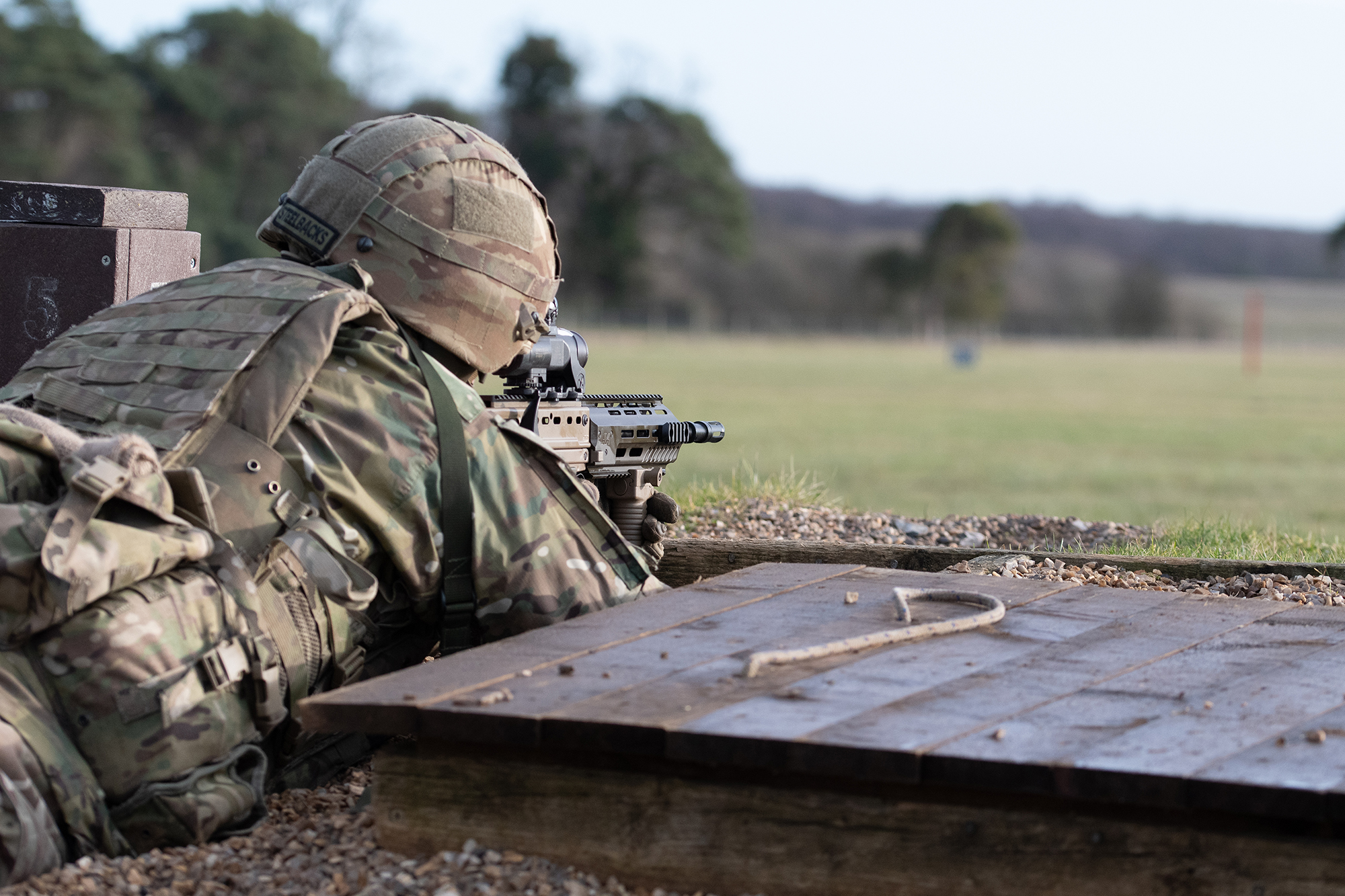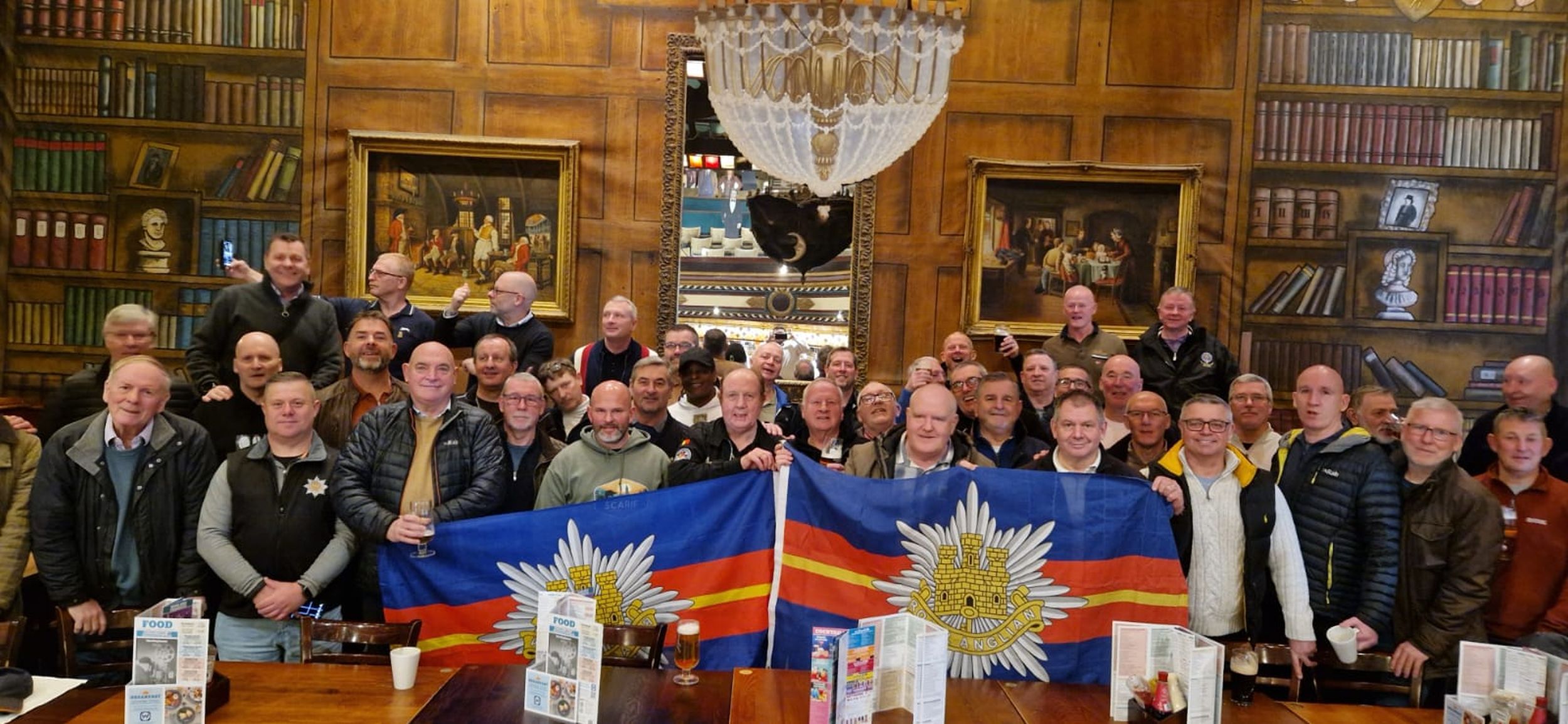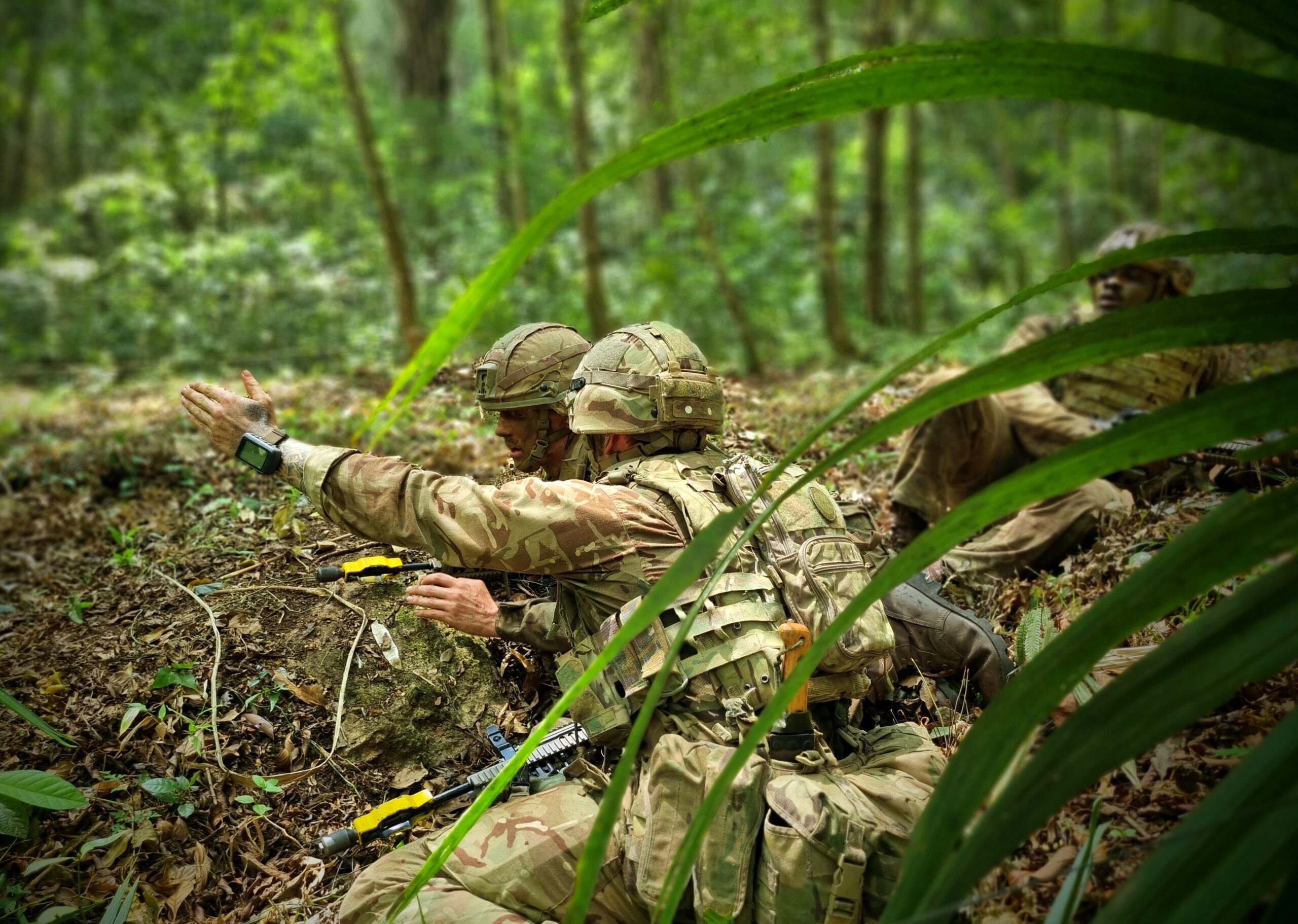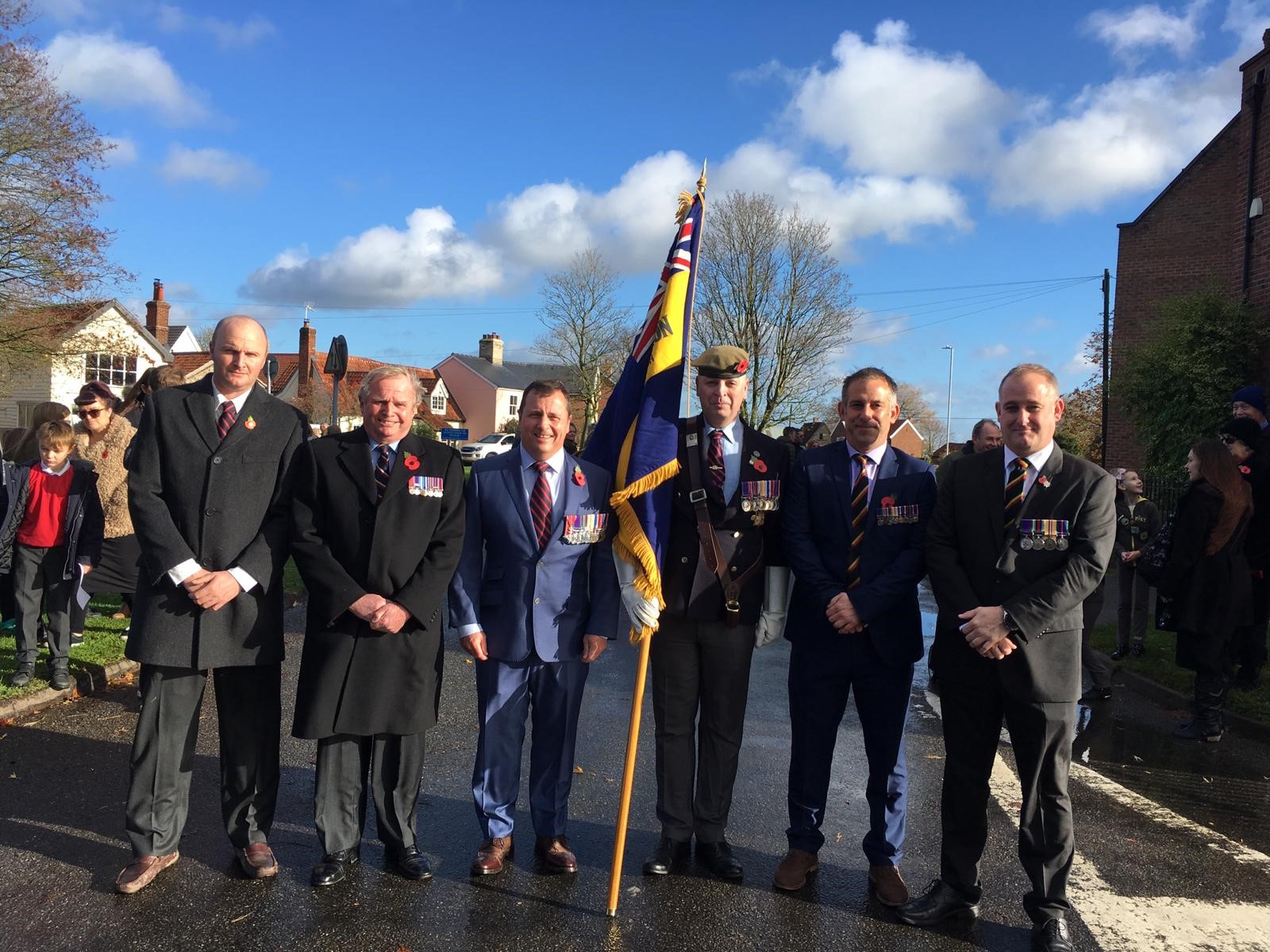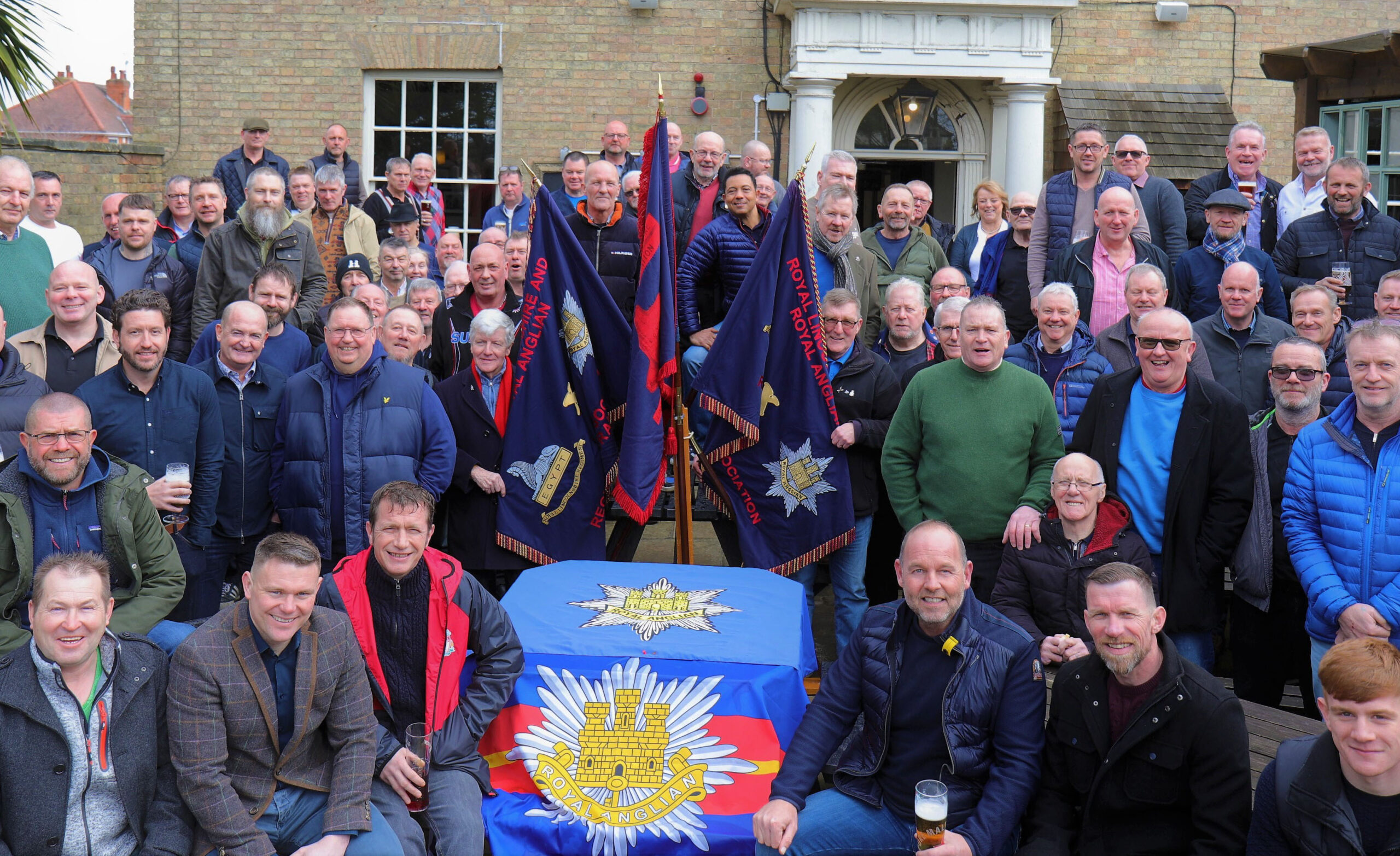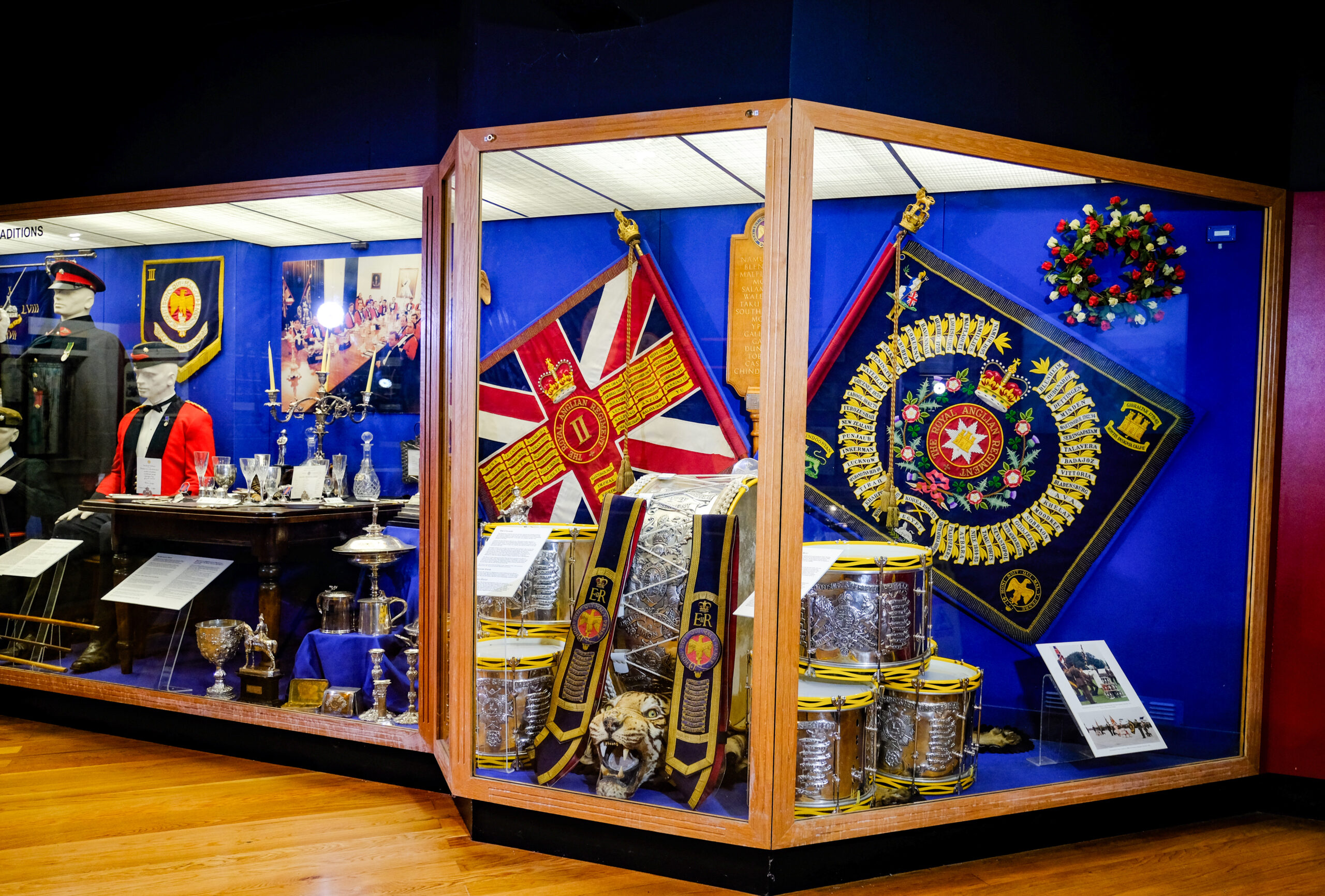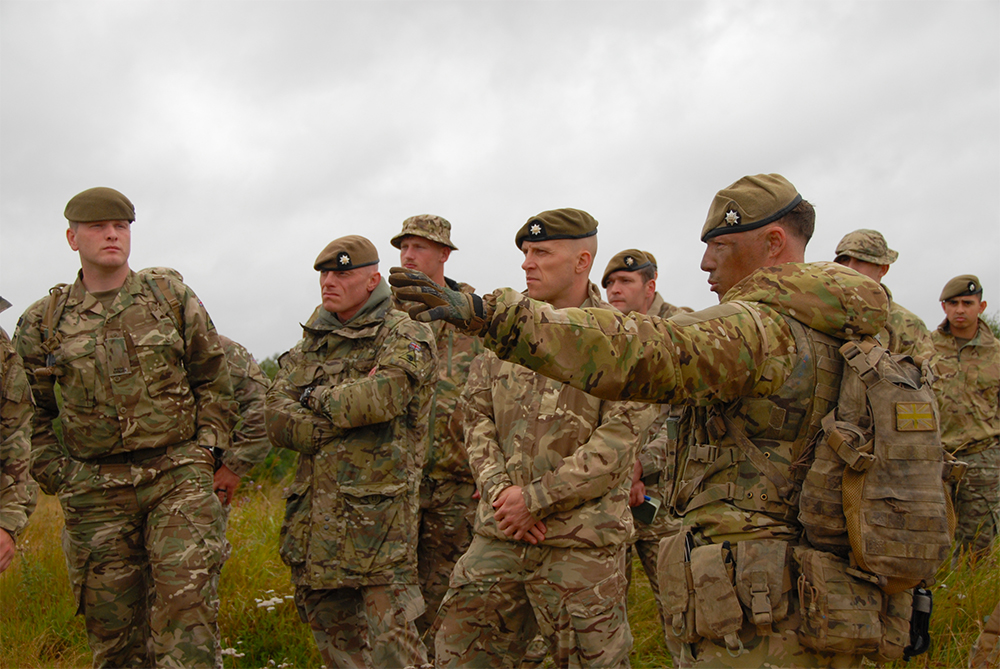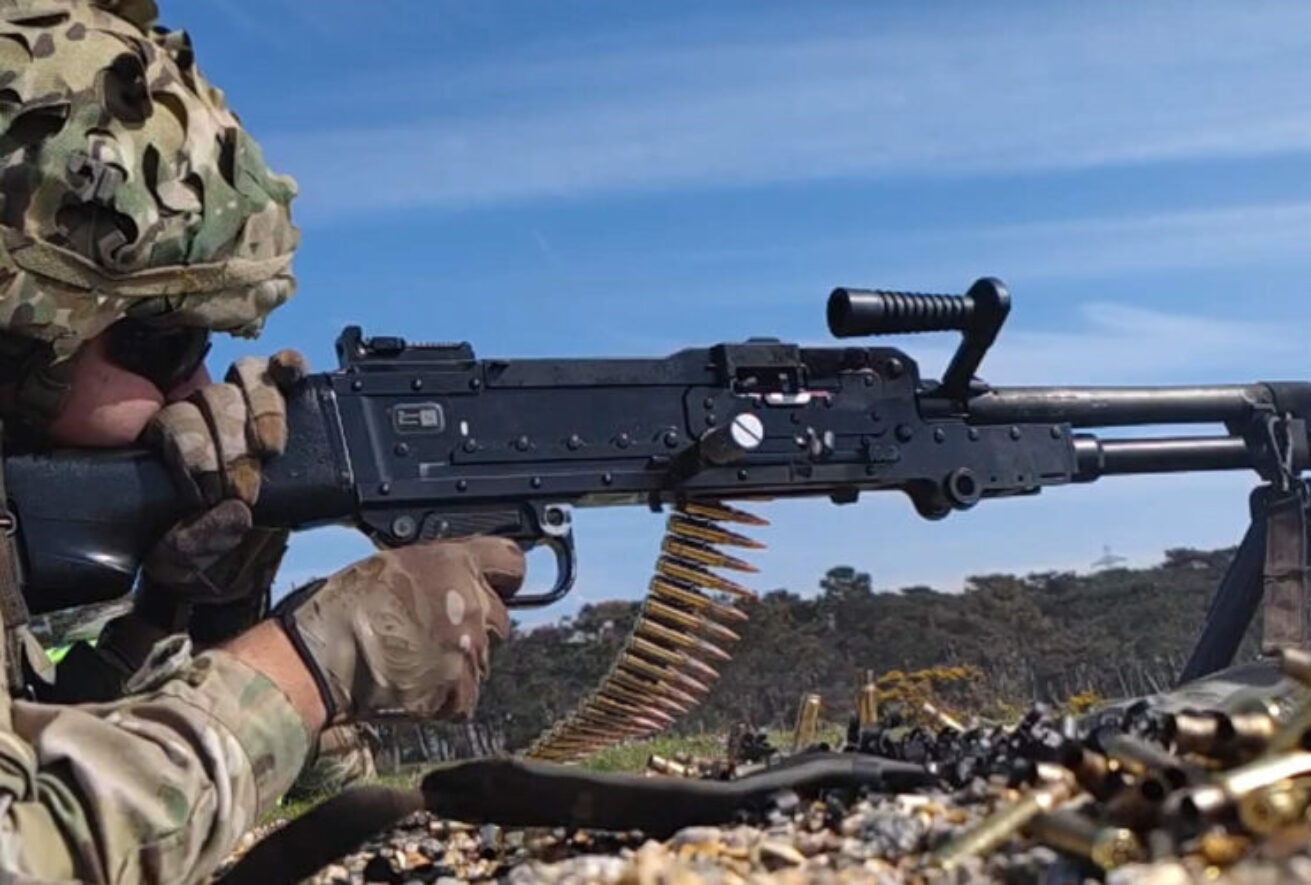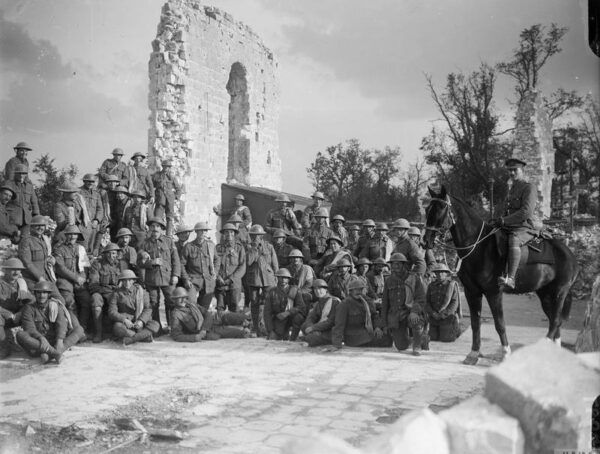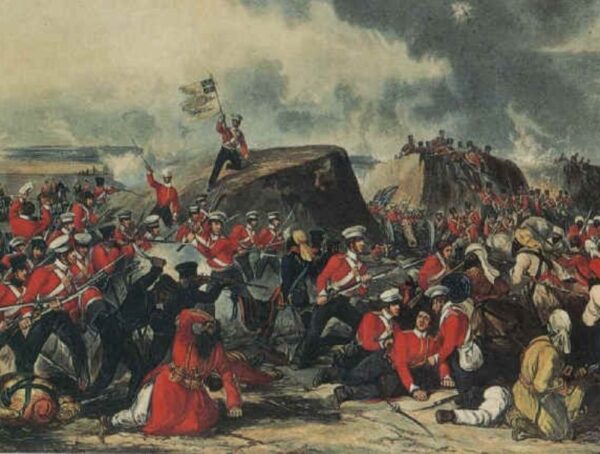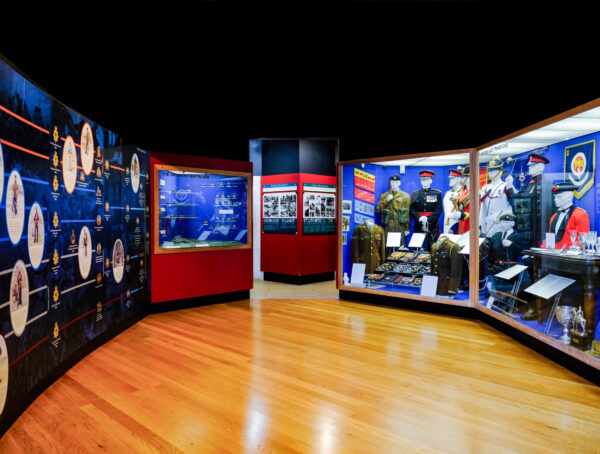Our Heritage
The Royal Anglian Regiment a British Army Infantry Regiment, covering Norfolk, Suffolk, Cambridgeshire, Bedfordshire, Hertfordshire, Essex, Lincolnshire, Leicestershire, Northamptonshire, and Rutland.
Each of these counties had its own regiment at one time or another, some tracing their history back to 1685. With the size of the Army reducing in the mid-20th Century, various amalgamations took place to form the 1st East Anglian Regiment (1959), the 2nd East Anglian Regiment (1960), and the 3rd East Anglian Regiment (1958).
These three regiments, together with the Royal Leicestershire Regiment, were, in turn, amalgamated to form the Royal Anglian Regiment on 1 September 1964.
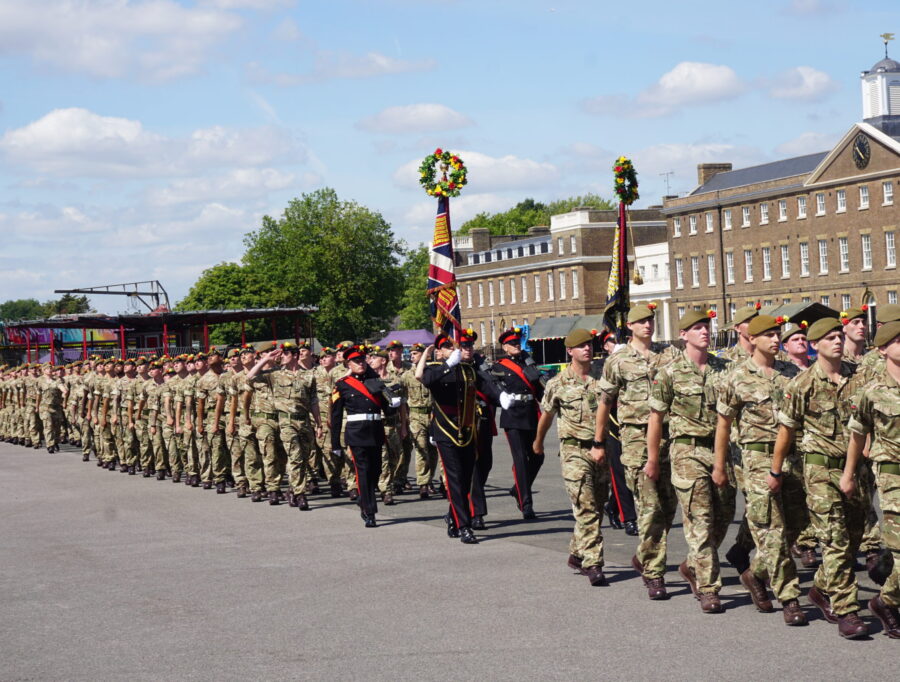
We have two Regular battalions and a Reserve battalion based in the East of England. The Royal Anglian Regiment is the British Army’s regiment of infantry which covers the ten counties of Norfolk, Suffolk, Cambridgeshire, Bedfordshire, Hertfordshire, Essex, Lincolnshire, Leicestershire, Northamptonshire, and Rutland.


